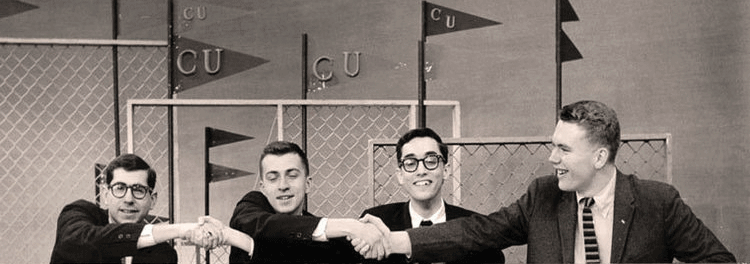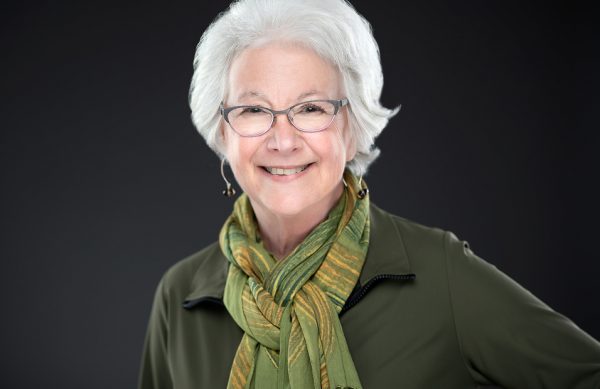Campus History Celebrated in “Lights, Camera, Colgate!”
Students, faculty and community members gathered to admire the history of Colgate through a series of film clips and photographs.
As Colgate reaches its 200th year, the campus has been flooded with special guests, alumni and a myriad of memorable celebratory events. One of these exciting events took place on Friday, September 28 in Golden Auditorium as part of Colgate’s Friday Night Film Series hosted by the Film and Media Studies Department. With the help of the staff of the University Archives and Special Collections, Assistant Professor of Music Ryan Chase, alumnus Benji Chase ’18 and many more, audience members were able to look back at Colgate’s past through a series of film clips and photographs spanning from the 1920s all the way up to 1995.
The first clip was filmed in 1926, and was scored by Chase in order to bring some life to the silent, black and white film. The grainy footage showed a then-new Lawrence Hall admired by alumni and students. It also offered a glimpse at the football team, who lacked much of the padding we see on the field today. Nevertheless, the small bleachers in the film clip were filled with cheering spectators enjoying the game. The film also showcased the brand new Huntington Gymnasium, completed in 1926, and many more moments on campus, including snowball fights and bonfires.
A film from 1940 showed how World War II affected student life. Still an all-male school, the campus was flooded with a Navy presence. Current student dorms such as Andrews Hall, West Hall and East Hall were places of residence for Navy Cadets from the War Training Service and Naval Flight Preparatory School. Colgate’s war efforts were recognized by a visit from Secretary of the Navy Frank Knox, who spoke at Convocation that August. The cadets marched for Secretary Knox and their families to showcase their extensive training. Among the audience members was James C. Colgate, now the namesake of the Student Union building by Whitnall Field. Seeing how war transformed Colgate’s campus was striking, Navy cadets marched through the Field of Dreams and Naval flags flew from familiar rooftops.
The 1979 film “A Year in the Life of Colgate” showed a drastic change from the films that played before, as women were finally featured as part of the student body. This charming short film highlighted all of the typical moments of student life, starting with football games in the fall, orchestra and a capella concerts in the winter, a sneak peak into classes in the spring and the torchlight ceremony at the end of the year. Some of the professors shown in the film are still teaching at Colgate today, and campus looks familiar, as if the movie was shot only a few years ago. A few students were interviewed and asked what they loved about Colgate, and their answers were strikingly similar to what we might hear from students today. They spoke about small class sizes and feeling comfortable enough with their professors to challenge them if they don’t agree with a point made during a discussion.
The screening ended with a film made in 1995 by students collaborating with faculty members to show the true Colgate experience of the 1990s. With humorous commentary from students behind the camera, the audience saw glimpses of dorm rooms, classes and music rehearsals.
Seeing the history of Colgate presented chronologically was an incredible showcase of the history of our campus over the past 200 years.
“I liked how the clips were chronological and showed all of the buildings on campus. It was so interesting to see that most of the buildings look the same as they did 50 years ago!” sophomore Danielle Van Calcar said.
Looking back at Colgate’s history serves as a reminder of how special Colgate remains today. Ever improving and growing, it is a beautiful place to call home.
“Seeing the differences in how people looked and acted throughout Colgate’s history was so interesting,” sophomore Kyra Weiner said. “I wonder what kind of footage is going to be shown about us in 100 years.”
Contact Sasha Balasanov at [email protected].




